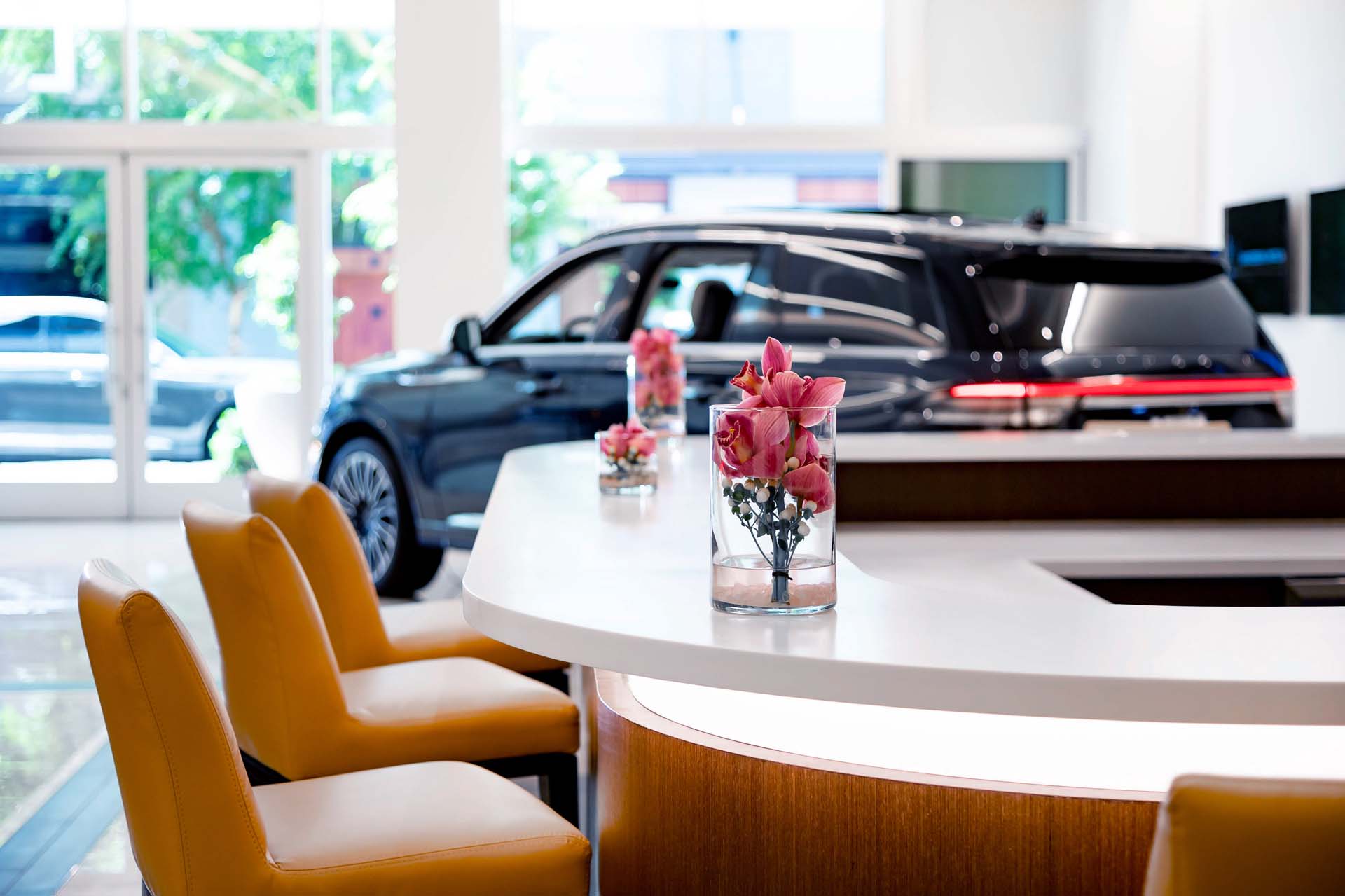Average new car price exceeds $41,000, hits record high

It has never been more expensive to buy a new car than right now, according to the latest sales forecast from J.D. Power and LMC Automotive. The average transaction price of new cars sold in July 2021 reached a record of $41,044. That beat the previous high of $39,942 set the month before.
A rare confluence of factors continues to drive up new and used car prices due to strong demand and constrained supply.
“Too few vehicles in inventory mean the sales pace in July is well below the levels seen earlier this year,” Thomas King, president of the data and analytics division at J.D. Power, said in a statement. “Conversely, the lack of inventory is driving the price of the vehicles to record highs as manufacturers and retailers continue to dial back discounts.”
Cash-back discounts, low-APR financing, and other means of enticing customers to consider overlooked models lingering on dealer lots are at a low, as dealers have trouble filling lots. That’s primarily due to the ongoing shortage of tiny semiconductor chips used in various components in new cars. The pandemic forced automakers to cancel orders amid recessionary concerns, and a surging demand in electronics devices during stay-at-home orders redirected global supply away from cars.
Dealers currently have 30%, or 932,000 vehicles for sale now versus July 2019, when there were 3.1 million new cars for sale. When new cars roll into lots, they now roll right out within a month; last year at this time, new cars sat on dealer lots for 75 days on average before being purchased. That turnaround is another record.
Incentives passed on to customers has reached a record low of 4.8% of the average MSRP. The average incentive is $2,065 off the sticker price, which represents a decrease of $2,170 from a year ago, when dealers and automakers were desperate to move vehicles off lots as the full scope of the pandemic took hold.
The supply-and-demand imbalance won’t be corrected any time soon. Overall sales are expected to be about 15 million this year, down from 16.9 million in 2019, and off 300,000 units from last month’s annual prediction, meaning supply remains constrained.
“Inventory levels will not improve meaningfully in August and the sales pace will be depressed as many shoppers fail to find their desired vehicle,” King said. “However, buyers who do find their desired vehicle will pay higher prices.”
Dealers, and automakers, stand to gain.
“Manufacturers and retailers will realize extraordinary profits on every unit that is sold” to offset the loss in volume, according to the forecast. Dealer profit per unit is expected to break another record at $4,260, which is the first time the metric has ever surpassed $4,000 for the month.
Leading the charge are trucks and SUVs, a broad classification that accounted for 76.5% of new car sales in July. Many of the hottest models are coming with dealer markups called “market adjustments” ranging from $10,000 over MSRP on a 2021 Ford Mustang Mach-E to $25,000 on a 2021 Honda Civic Type R. Social media is full of inflated stickers, even for a 2021 Mitsubishi Mirage.
What’s the most outrageous dealer-added markup you’ve seen during the pandemic? Here’s a $24,000 Mitsubishi Mirage after a $6000 dealer surcharge. pic.twitter.com/APECFAjB8M
— AdamOn Insta! (@highmileage) July 26, 2021
That’s more than 30% on a budget car that stickers for no more than $18,000.
Help may be on the way. Even though used-car prices remain high, the situation is expected to cool off, with wholesale prices dropping slightly in July for the first time since December 2020, according to J.D. Power.
When it comes to buying a car, patience pays off; impatience pays more.

